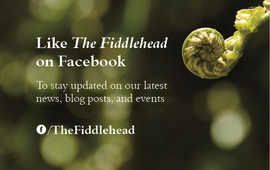
Lately I have been listening to John Cage's strangely delightful and thoughtful sonatas as performed by Boris Berman. They are very short, running between two to four minutes. There are sixteen sonatas and four interludes, so even after some twenty-five listens I still don’t feel like I can encompass the scope of the music.
John Cage, the composer most associated with the prepared piano, composed the Sonatas and Interludes between 1946-48. There is without a doubt a sombre quality to them, sounding the uncertainty of the immediate postwar period, and yet the simplicity and pleasure of the melodies has something of the playfulness of Debussy’s Children’s Corner of 1908, most famous for “Golliwogg’s Cakewalk.”
The prepared piano involves fixing bolts, pieces of wood, forks and spoons, and similar materials between the some of the strings, so when the hammer hits the sound is muted or transformed. Cage’s sonatas in their prettiest melodies sound like songs on a music box, perhaps with a ballerina twirling over a mirror. Many of the muted strings sound like pizzicato on violin. Some of the sonatas have the percussive quality of Cage’s compositions, so at times the quiet and slow notes suddenly burst into fast pounding rhythms.
The effect for me is meditative when listened to as a whole. They can evoke a trance. Yet listening to some individually has me clapping my hands like a young child.











Comments
Sonatas & Interludes
Add new comment